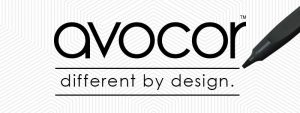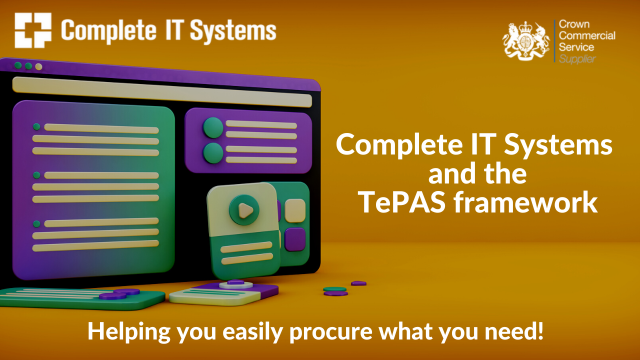The future of technology in the classroom – part 1
Technology is revolutionising the way we teach, and the way in which children and young people learn. Gone are the days of outdated textbooks and simple whiteboards and markers. Schools are increasingly focused on bringing classrooms into the 21st century and using technology to create more vibrant and engaging learning experiences.
In a two-part blog, we take a look at some of the newest technology for the classroom and the ways in which it is impacting learning, as well as what future classroom technology could look like.

Gamified learning
Using games to enhance lessons isn’t a new technique. Teachers have been gamifying their lessons for years because it:
- Makes learning fun
- Makes students more motivated to learn
- Boosts memory
- Improves strategic thinking
- Encourages cooperation and teamwork
- Enables controlled competitiveness
However, the future of technology in the classroom involves a greater move towards electronic games rather than pen and paper games.
This is valuable because the students of today play computer games more than ever before. From smartphones to tablets, and PCs to gaming consoles, kids have access to computer games in more ways than ever before. If teachers are to really grab the attention of their students with games in the classroom, they need to strive to make their games as colourful and engaging as those played outside of the classroom.
New classroom technology like interactive displays makes it possible for teachers to display educational computer games at the front of the class. This could be in the form of games which are intentionally designed for education, or those which are just for fun but which can stimulate learning opportunities.
During an interview with the Guardian, Ollie Bray, Education Scotland’s National Adviser for Emerging Technologies in Learning, described ways in which the latter can be effective. He explained that the Mario and Sonic Winter Olympics game played on the Wii could be used to collect authentic data for use in a numeracy lesson. In the process, kids are able to apply numeracy techniques to data that means something to them, which helps them to become more engaged in the subject matter.
The use of computer games can be an excellent way to introduce students to topics that would otherwise be deemed uninteresting by many young people. Future classroom technology could, therefore, include games consoles which can easily be hooked up television screens or interactive display screens.
Access to the cloud
Although the cloud has been changing the way we store and access our data and documents for years, uptake on this new classroom technology in schools is not as high as it could be. However, the cloud poses a huge variety of benefits for teachers and students alike.
From a teaching perspective, the cloud can:
- Make access to lesson plans, presentations, and other resources easier
- Allow access to resources anywhere with an internet connection – i.e. outside of school
- Enable simpler marking if students can upload work to the cloud
For students, benefits include:
- Easy access to resources outside of lessons and school, which could aid with homework and revision
- Use of cloud-based learning apps via smartphones, tablets, and laptops
- Simpler sharing of work or presentations with teachers and classmates
From the point of view of schools, cloud computing makes sense because it’s a cheaper solution to on-premise data storage and networks. All that’s needed is a reliable internet connection; there’s no need to invest in hardware and software, and regular maintenance isn’t required like it is with on-premise servers. Compared to hosted data storage, cloud computing also tends to be less expensive.
Another benefit of cloud computing is that it can make textbooks available online, reducing costs for schools. This could also benefit students if they’re required to purchase their own copies, which is common in university. Electronic copies of textbooks tend to be cheaper, which is particularly useful if editions and curriculum are updated regularly.
The future of technology in the classroom could see students and teachers working from e-books rather than physical textbooks, but cloud computing is the first step in this direction.
We’ll resume the discussion in part 2!
This content is provided from the ever-excellent Avocor blog.
Want to learn more?
Complete IT Systems have a team of Avocor specialists on hand to demo the solution, discuss business benefits and help you understand how the technology works for your organisation. There’s also a great range of resources available on the Avocor blog.
Give us a call on 01274 396 213 or use our contact form to discuss your requirements with us.











 Give us a call today on 01274 396 213 or email
Give us a call today on 01274 396 213 or email